Professional Services Extinguisher refilling, sales and certification
Classes of Fire
There are as many types of fire extinguishers as there are types of fire and each fire extinguisher has a label that specifically extinguishes fire type.
TYPES OF EXTINGUISHERS TO BE USED ON DIFFERENT TYPES OF FIRES
A
WOOD, PAPER, PLASTICS, SOFT FURNISHING, ETC
- AFF FOAM
- WATER
- WET CHEMICAL
- CO2
- DRY POWDER
- L2 & M28 POWDER
B
FLAMMABLE LIQUIDS. PETROL, OIL ETC.
- AFF FOAM
- WATER
- WET CHEMICAL
- CO2
- DRY POWDER
- L2 & M28 POWDER
C
FLAMMABLE GASES, PROPANE, BUTANE, METHANE, ETC.
- AFF FOAM
- WATER
- WET CHEMICAL
- CO2
- DRY POWDER
- L2 & M28 POWDER
D
METALS, ALUMINIUM, MAGNESIUM, TITANIUM, ETC.
- AFF FOAM
- WATER
- WET CHEMICAL
- CO2
- DRY POWDER
- L2 & M28 POWDER
ELECTRICAL , COMPUTERS, PHONE CHARGERS ETC.
- AFF FOAM
- WATER
- WET CHEMICAL
- CO2
- DRY POWDER
- L2 & M28 POWDER
F
COOKING OILS AND FATS
- AFF FOAM
- WATER
- WET CHEMICAL
- CO2
- DRY POWDER
- L2 & M28 POWDER
Fire Extinguishers Types
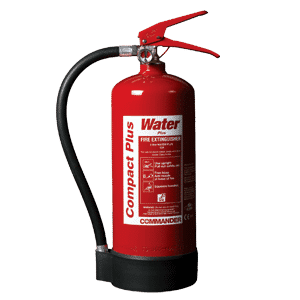
Water extinguishers are the most common fire extinguisher type for class A fire risk. Most premises will require either water or foam extinguishers.
Use for:
Organic materials such as:
Paper and cardboard, Fabrics and textiles, Wood and coal
Do not use for:
Fires involving electrical equipment, Kitchen fires, Flammable gas and liquids
How water extinguishers work:
The water has a cooling effect on the fuel, causing it to burn much more slowly until the flames are eventually extinguished.
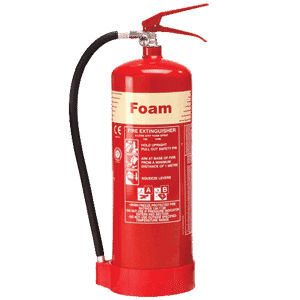
Overview:
Foam extinguishers are most common type of fire extinguisher for Class B fires, but also work on Class A fires as they are water-based.
Use for:
Organic materials such as:
Paper and cardboard, Fabrics and textiles, Wood and coal
Plus:
Flammable liquids, like paint and petrol
Do not use for:
Kitchen fires, Fires involving electrical equipment, Flammable metals
How foam extinguishers work:
As with water extinguishers, foam extinguishers have a cooling effect on the fuel. On burning liquids, the foaming agent creates a barrier between the flame and the fuel, extinguishing the fire.
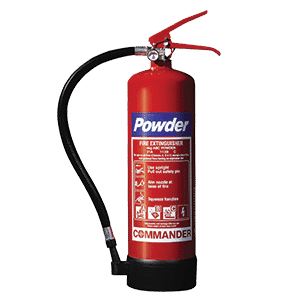
Overview:
Standard dry powder extinguishers are also called ‘ABC’ extinguishers because they tackle class A, B and C fires, however they are not recommended for use in enclosed spaces. This is because the powder can be easily inhaled, and also the residue is very difficult to clean up after. ABC powder extinguishers can also be used on some electrical fires. Specialist dry powder extinguishers are used for flammable metals.
Use for:
Organic materials such as:
Paper and cardboard, Fabrics and textiles, Wood and coal
Plus:
Flammable liquids, like paint and petrol, Flammable gases, like liquid petroleum gas (LPG) and acetylene, Fires involving electrical equipment up to 1000v.
How dry powder extinguishers work:
Dry powder extinguishers smother fires by forming a barrier between the fuel and the source of oxygen.
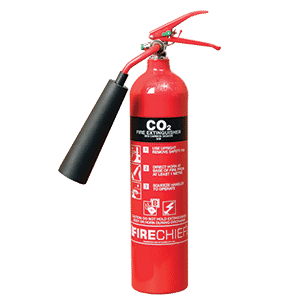
CO2 extinguishers are predominantly used for electrical fire risks and are usually the main fire extinguisher type provided in computer server rooms. They also put out Class B fires (flammable liquids, such as paint and petroleum).
Use for:
Flammable liquids, like paint and petrol, Electrical fires.
Do not use for:
Kitchen fires, especially chip-pan fires, Combustible materials like paper, wood or textiles, Flammable metals.
How CO2 extinguishers work:
CO2 extinguishers suffocate fires by displacing the oxygen the fire needs to burn.
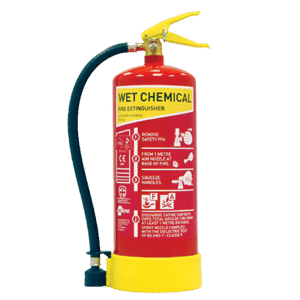
Wet chemical extinguishers are designed for use on Class F fires, involving cooking oils and fats. They can also be used on Class A fires although it is more usual to have a foam or water extinguisher for this type of fire risk.
Use for:
Cooking oil/fat fires, Organic materials such as: Paper and cardboard, Fabrics and textiles, Wood and coal.
Do not use for:
Flammable liquid or gas fires, Electrical fires, Flammable metals.
How wet chemical extinguishers work:
Wet chemical extinguishers create a layer of foam on the surface of the burning oil or fat, preventing oxygen from fueling the fire any further. The spray also has a cooling effect.
© 2020, Tech Fire Protection. All Rights Reserved.
Designed and Developed by: PCANDWEBPROS.COM